Everything about ethnic style in the interior
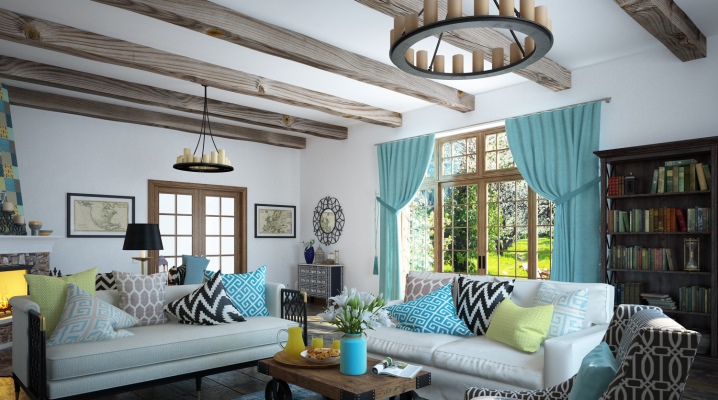
The implementation of ethnic design in interior design is based on the use of national history, cultural traditions and customs. This is a very difficult direction, which requires the most scrupulous approach, since a simple transfer of shape and colors in the decoration will clearly not be enough here. In order to 100% realize the design idea in the room, it is necessary to use many decorative elements inherent in a particular culture.

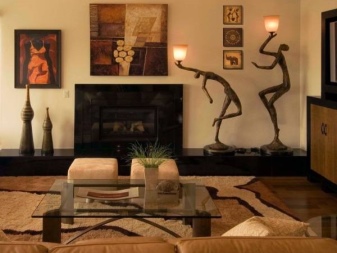
What it is?
The ethnic direction in the interior refers to the prefabricated definitions. The concept includes a huge number of all kinds of topics, the only similarity of which is the reverence for the traditions of culture. Nevertheless, there are a number of distinctive features that are considered common for the entire ethnic group in the arrangement of houses.
- Thematic design assumes the use of only natural materials. Natural stone, wood and other materials of natural origin are used in cladding, furnishings, decorative items and other accessories.
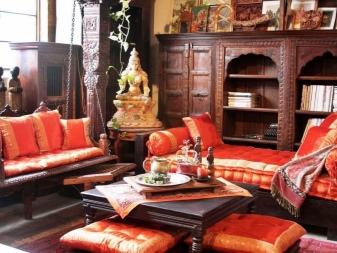
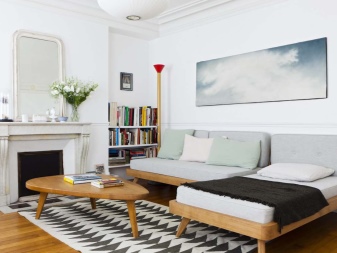
- Typical colors of the style reflect the colors characteristic of a particular region. Most often they are juicy and bright, repeating the natural color scheme.
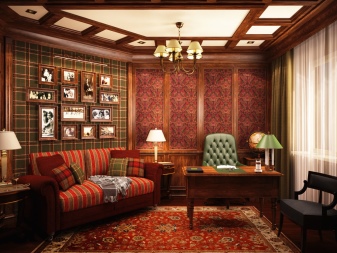
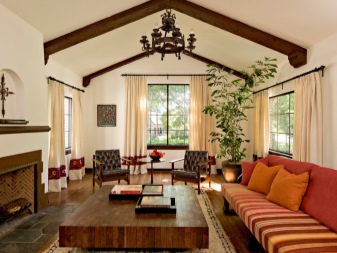
- Most of the ethno-trends belong to the category of archaic, modernized ones are extremely rare.


- Components of any ethnic style are typical decorations or household items for a particular area.
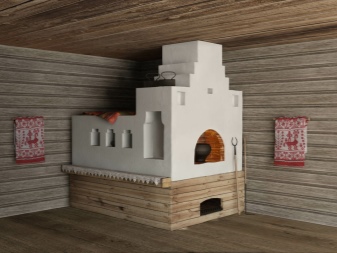
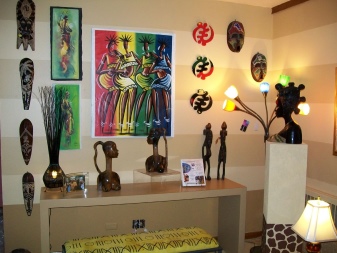
- In the interior, national patterns and folk ornaments will certainly stand out.

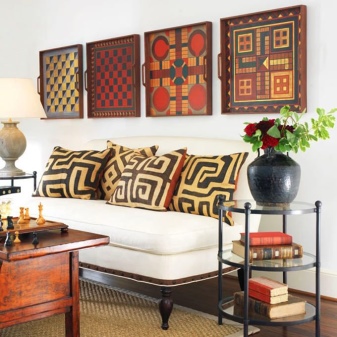
Ethnicity in the interior has found wide application.
- It looks as harmonious as possible in large private houses - there is enough space here to let your imagination go free. This style is especially harmonious if the entire structure is formed as a whole.
Stepping over the threshold of such a dwelling, a person immediately plunges into the culture and traditions of the chosen nationality.
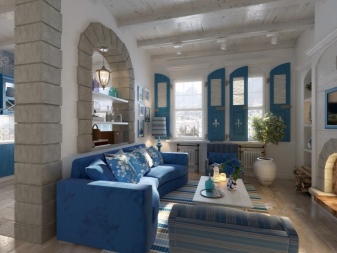
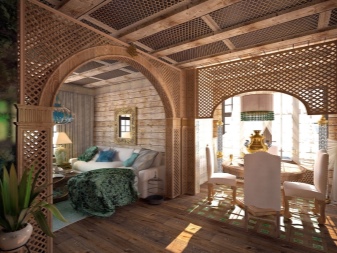
- Ethno themes can also be used in apartments. However, here you should carefully consider the choice of a certain direction, it largely depends on the number of rooms and their footage. Some varieties will take root even in the smallest rooms, while others need large areas.
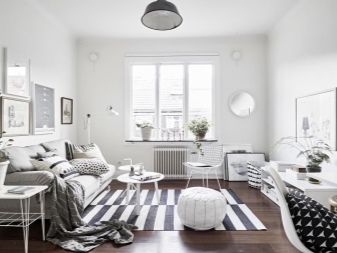
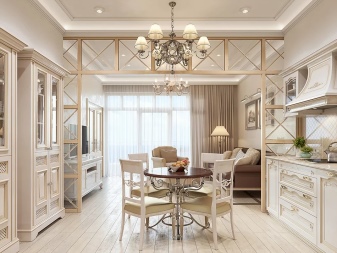
- Ethnicity looks very stylish in cafes, clubs and restaurants. Such interior decor allows guests to better get acquainted with the customs of the country, makes visitors come back here again and again.
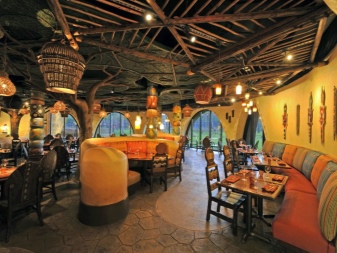
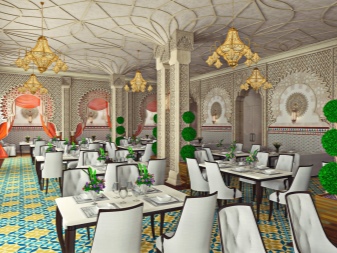
- And, of course, ethnic motives fit perfectly into any thematic institution. For example, in spas, gift shops or travel agencies.
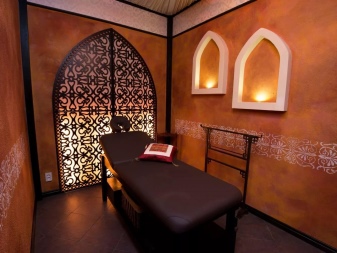
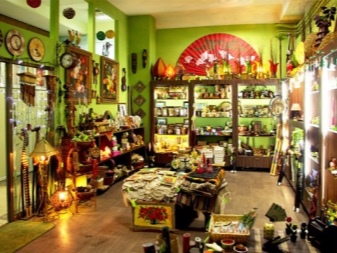
Finishing features
Ethnic style includes a variety of styles that came to us from ethnic groups that have preserved their culture and identity. This decor is recognizable even for uninitiated people, everyone can distinguish Scandinavian minimalism from African flavor or delicate Provence. When decorating houses in ethnic style, the familiar archaic, unique local flavor is used. The decoration of the premises reflects the mentality, culture and beliefs, prints characteristic of a particular region are used.
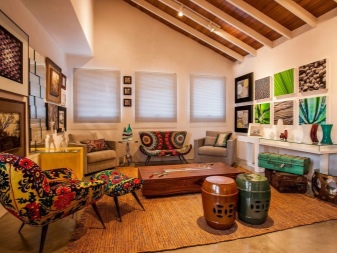
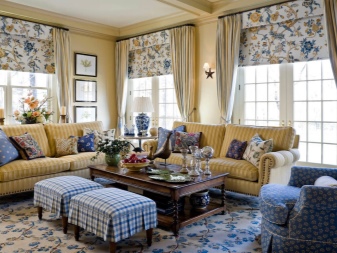
Floor
There are peculiarities of finishing floor coverings in different themes. So, the Scandinavian style assumes a wooden or stone floor. When creating a Japanese or Chinese style, you need to follow the requirements of minimalism - placing mats on the floor will be the best choice.But in African design, it is better to use parquet, laminate or textured tiles, which can create a spectacular imitation of board flooring.
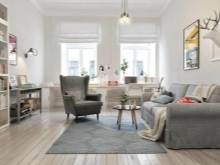
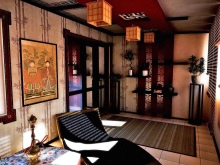
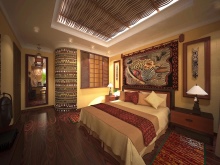
Walls
Wall decoration in most cases is based on the creation of a suitable relief and texture on vertical surfaces. This can be achieved with textured or Venetian plaster. In most ethnic-style houses, the walls are only a background. And decorative elements hung on them bring a special flavor to the living space - these can be Japanese fans, horns, African masks, skins, tools or pictures with rural landscapes.
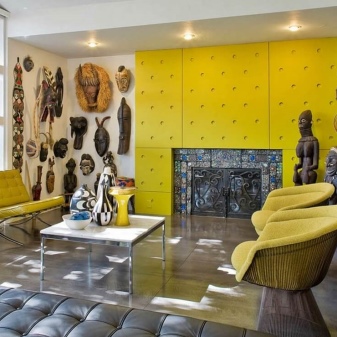
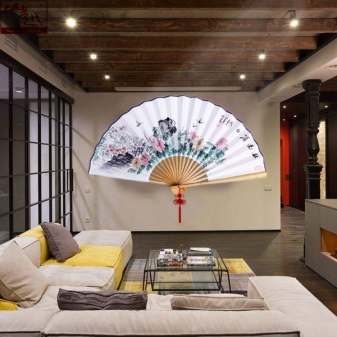
Ceiling
When implementing the chalet and Provence style, the ceiling is usually whitewashed or painted with light paint. The interior of the dwelling in the Scandinavian style presupposes massive beams; the Greek direction dictates the design of the domed ceilings.
When creating an American interior, lighting plays an important role; an abundance of lamps and lamps is welcomed here, which allow you to divide the room into separate functional zones.
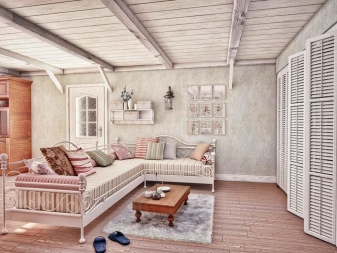
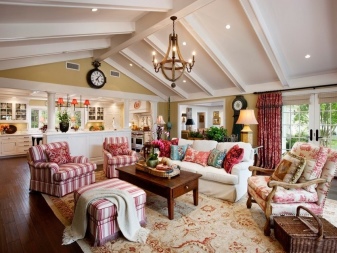
Room decoration and furnishings
Furniture
A bench, a sideboard, a sofa, a dining table, a chest of drawers and other pieces of furniture in ethnic motives are one of the most recognizable and characteristic elements that indicate that the design belongs to one direction or another. Most of the products are made of natural solid wood (pine, oak, cedar, bamboo, walnut) upholstered with natural fabrics.

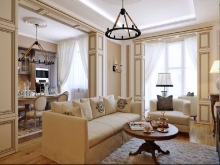

In the Scandinavian or English style, you can see iron forging - this technique is used to make mirrored backs of chairs, legs of chairs and tables. Wicker furniture will tell about belonging to Eastern and African culture, and in Provence-style rooms, furniture facades and doors will be artificially aged.


Textile
When using textiles, one of the following concepts is usually embodied:
- authentic ethnicity;
- ethnic mix;
- ethnodecor.
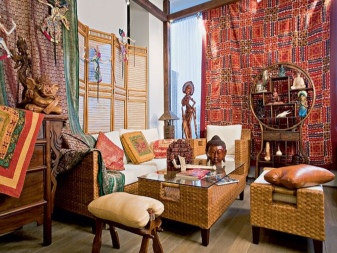
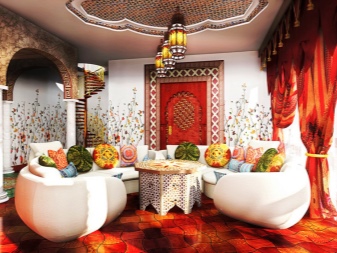
Authentic ethnicity implies maximum imitation of customs. In this case, all textiles play a special decorative role, they are used in the living room, bedroom, kitchen and even in the bathroom.
Ethnomix allows room owners to combine several decor options from different locations. For example, national embroidery and hand-painted ceramics are harmoniously combined within the boundaries of one room. Such decor was ubiquitous in the African continent, as well as in Asia and Europe.
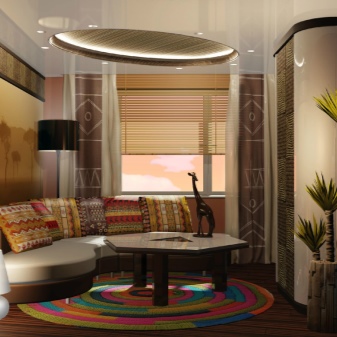
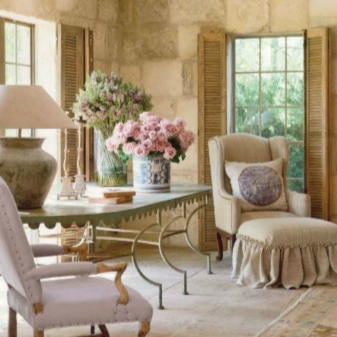
When choosing traditional ethnic textiles in the interior, the accents should be shifted to the use of folk motives, these can be embroidered or painted tablecloths, carpets and window curtains with a national print. This solution is cheaper and easier than creating a complete simulation from scratch.
The shading palette is unique for each stylistic direction. So, in the Chinese style, gold and scarlet shades prevail, for the Scandinavian ones, restrained tones of milky and brown are characteristic, in Egyptian design warm colors of yellow, brown and sand dominate.

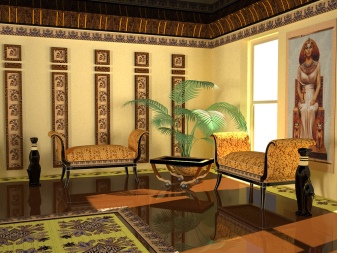
Lighting
To create thematic lighting in ethnic decor, you must first of all mask all the cords and lamps. The illumination around the perimeter of the room does not look quite harmonious. If the space allows, you can hang many original wall sconces in the room, a wicker or hand made textile chandelier will look harmonious.
In small rooms, it is better to give preference to imitation of candles and candlesticks.
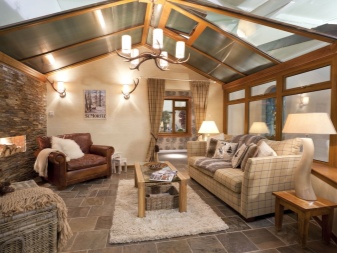
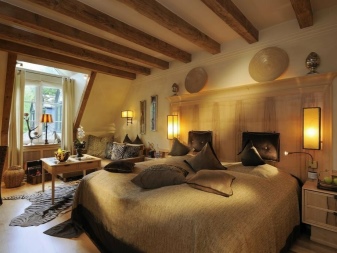
Decor options
As we have already mentioned, the ethnic group in the interior has many varieties, which are primarily manifested in the decorative elements.
Perhaps the most exotic is African decor. The color palette is typical for the nature of this hot continent, it conveys the main shades of the earth, the firmament, plants and animals. It is important that the colors are always warm.Stuffed animals, horns, guns and other hunting accessories are typical for the design. Items brought directly from Africa are in great demand, or their copies are embroidered pillows, ritual masks or floor vases. The floor in such rooms is usually covered with animal skin or a colorful carpet.
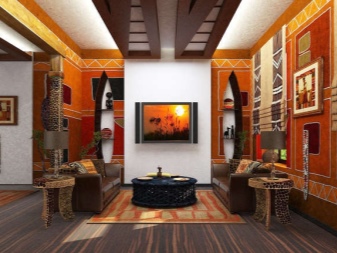
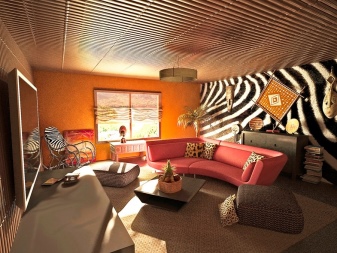
But Japanese design prefers a minimalist interior. For owners of small houses and city apartments, this option will be the best solution. All furniture in this style should be understated - this is the main characteristic feature of Japanese design. It is desirable that it be made of bamboo or any other light-colored wood. Milk, cream and nude shades prevail in the tint palette, bright colors of red and black are relevant only as stylish accents.
Typical elements of the interior are a specific tatami carpet, as well as a screen or a sliding partition. And of course, these rooms are decorated with a huge number of accessories, most often these are ikebana, a tea set, an open fan, as well as patterns from hieroglyphs.


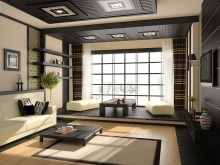
The English style is characterized by solidity. It is dominated by solid wood and leather upholstery. And a note of warmth and family comfort in these majestic interiors is brought by a checkered rug on an armchair, porcelain vases, striped wallpaper and a soft carpet on the floor. There are many flowers in the decor, most often roses. Miniature decorative elements are of great importance - figurines, photographs, paintings, embroidered napkins and other things lovely to the soul.
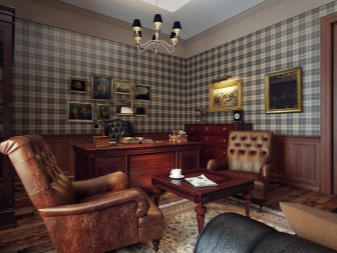

The Italian style is incredibly bright, rich and cheerful. The tint palette is designed in shades of blue, green and yellow, in exact accordance with the shades of the sun, sea and olive.
The decor is dominated by floral and marine motifs; boxes with fresh flowers, drawings with seascapes, fruit vases and shells are popular here.
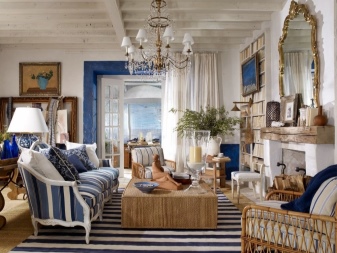
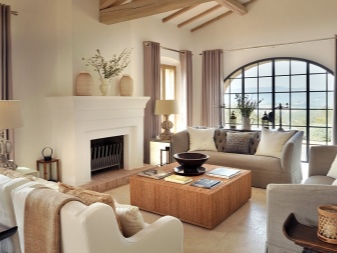
Provence is the most popular among European countries. This style is characterized by paintings depicting rural landscapes, figurines of shepherds and shepherdesses, and vintage items.

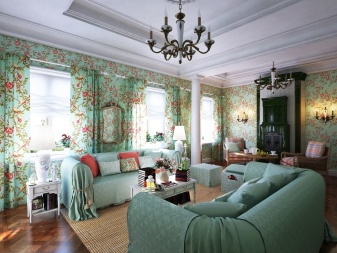
The Scandinavian style is famous for its rough practicality. This is not surprising, because it was borrowed from the Vikings, who absolutely had nothing to do with the exquisite decoration of the premises. Such spaces are characterized by the use of ceiling beams and solid wood. And to make the atmosphere more lively, tablecloths, rugs and floor tracks are used. Small flowers in small pots are also used as decorative elements.
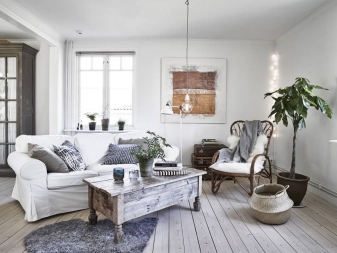
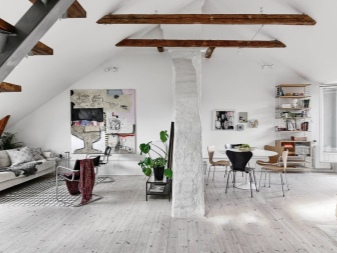
Of the American ethnic style, country music has taken root most of all, with all the attributes of the Wild West, reminiscent of cowboys and Indians.
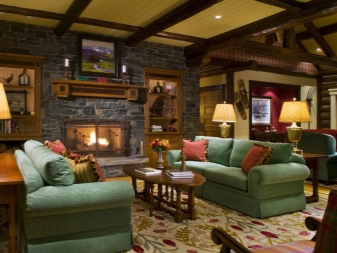

Beautiful examples
Ethnic decor in the interior is represented by a huge variety of different design ideas. Here are just a few of them:
- England with its conservatism;
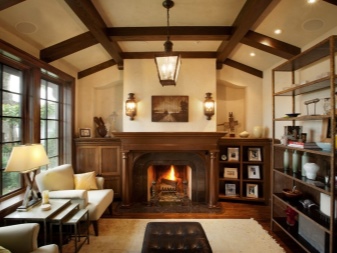
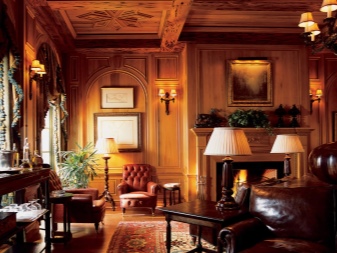
- provence of the south of France;
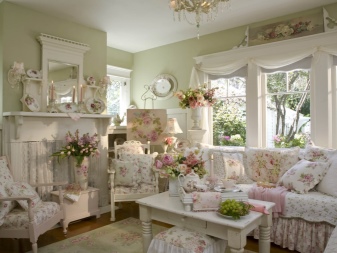
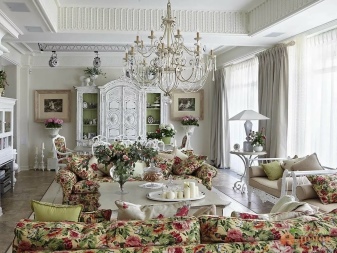
- Swiss chalet;


- Russian Siberian hut;
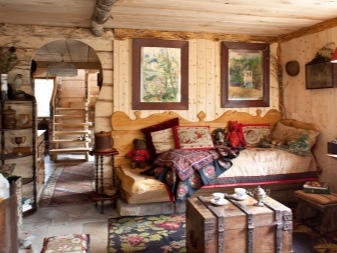

- forest Belarusian house;
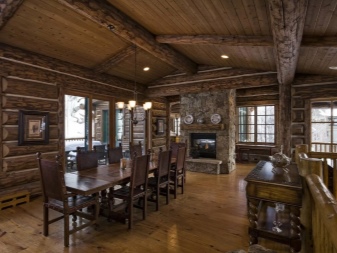
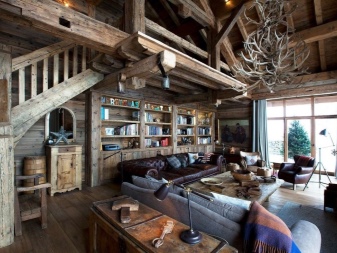
- Ukrainian hut;


- African exotic;
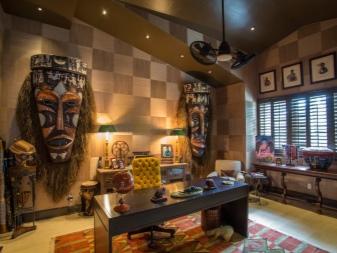
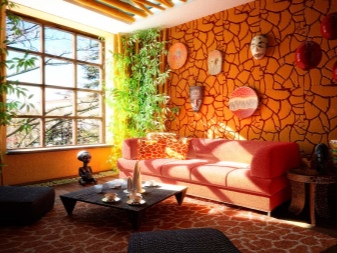
- mediterranean;
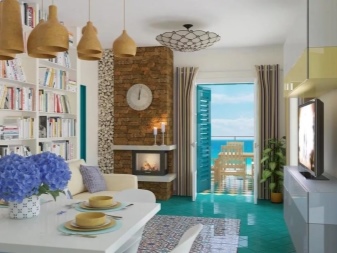

- Feng Shui adherents most often equip houses in the Chinese or Japanese style.

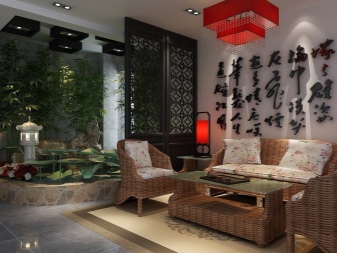













The comment was sent successfully.